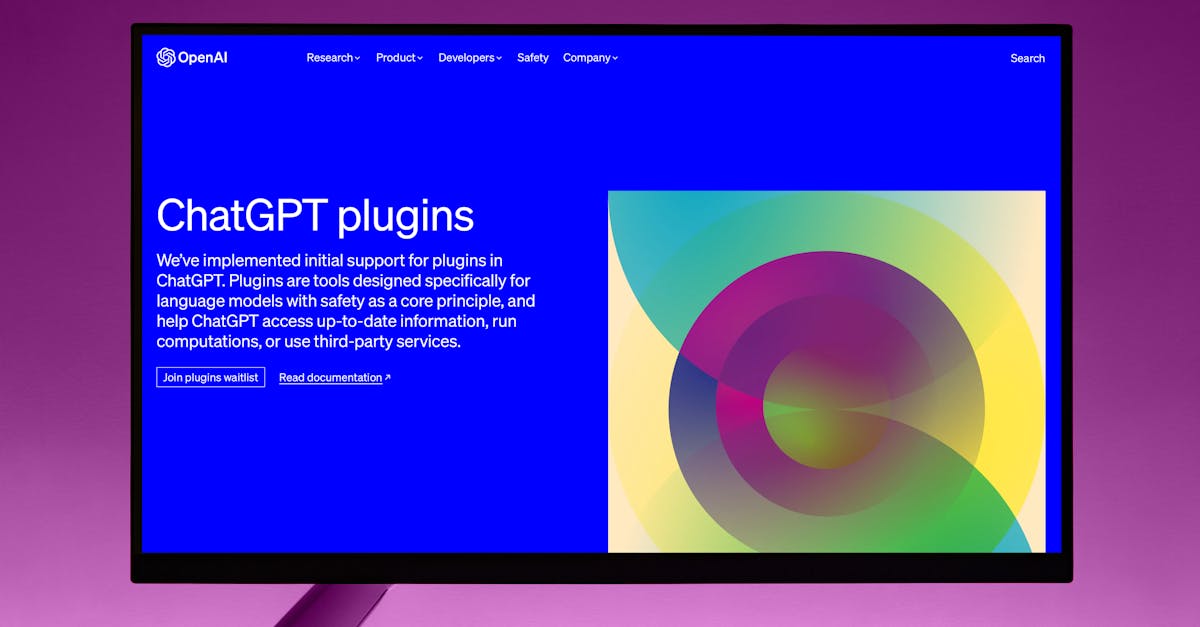How AI Is Reshaping Developer Roles: The ChatGPT and GitHub Copilot Phenomenon
Introduction
Can AI tools like ChatGPT and GitHub Copilot revolutionize the workflow of developers and reshape workforce dynamics in the tech industry? As the world continues to embrace artificial intelligence in more substantial ways, developers find themselves in the midst of a tech evolution that challenges traditional norms. This article delves into the transformative impact of AI on developer roles and hiring practices, influenced by the proliferation of AI tools.
AI Tools: The New Age Stack Overflow
For many developers, Stack Overflow has long been a go-to resource for troubleshooting and coding challenges. However, recent developments indicate a pivot towards AI-driven assistants such as ChatGPT and GitHub Copilot. According to developer testimonies, these tools are not only assisting with coding tasks but are enhancing efficiencies, particularly in areas like test writing with xUnit frameworks.
One developer mentioned, “I have effectively replaced Stack Overflow with AI tools like ChatGPT and Copilot. They assist me whenever I’m stuck and excel particularly at writing xUnit tests. This enables me to focus more on the strategic parts of systems design.” Such endorsements highlight an emerging trend where AI tools are seen not merely as accessories but as integral components of the development process.
Impact on Hiring and Developer Roles
The rise of AI tools is causing a significant shift in hiring strategies for tech companies. Many firms are leaning towards hiring less senior staff, investing instead in licenses for tools such as ChatGPT and GitHub Copilot.
On the surface, this appears to be a cost-effective strategy. However, there is a downside: relying heavily on AI can make junior developers more reliant on automated solutions, potentially eroding their foundational skills. Consequently, while AI can enhance the productivity of senior developers, it risks hampering the growth and problem-solving skills of junior programmers.
The Double-Edged Sword of AI Assistance
As beneficial as AI tools can be, they also introduce challenges. The efficiency and optimization offered by AI might cause developers to skip the integral step of understanding the inner workings of a system. There’s a real risk that they may become overly dependent on code completion features without grasping the algorithms they employ.
Real-world examples illustrate this dichotomy: an entry-level developer might effortlessly generate a code snippet using AI but lack the understanding to troubleshoot issues that arise. Conversely, a senior developer utilizing AI can iterate more quickly, using the time saved to innovate and refine complex systems.
The Future of Development in a Cloud-Driven World
As companies increasingly transition to cloud-based solutions, the integration of AI into development protocols is expected to grow. Cloud services, paired with AI, offer scalable solutions that enable teams to push boundaries without being tied down by legacy systems.
Consider the role of cloud infrastructure in modern development workflows. Amazon Web Services (AWS), Google Cloud, and their contemporaries offer environments where AI tools can thrive, managing resources and optimizing processes. This scalability is crucial as development teams expand and adapt to the needs of businesses in an increasingly digital world.
Conclusion
AI has inexorably altered the landscape of software development. It offers immense promise in terms of efficiency and innovation but must be leveraged wisely to foster rather than inhibit skill development—especially in less experienced developers.
Companies should examine their strategies, ensuring that while they embrace AI, they also foster environments that promote learning and understanding. Investing in these tools should complement, not substitute, the need for comprehensive skill-building and professional growth.
For deeper insights and consultation on integrating AI into your workflow, contact us at Ezrawave, and follow us on Facebook, Instagram, and YouTube.
